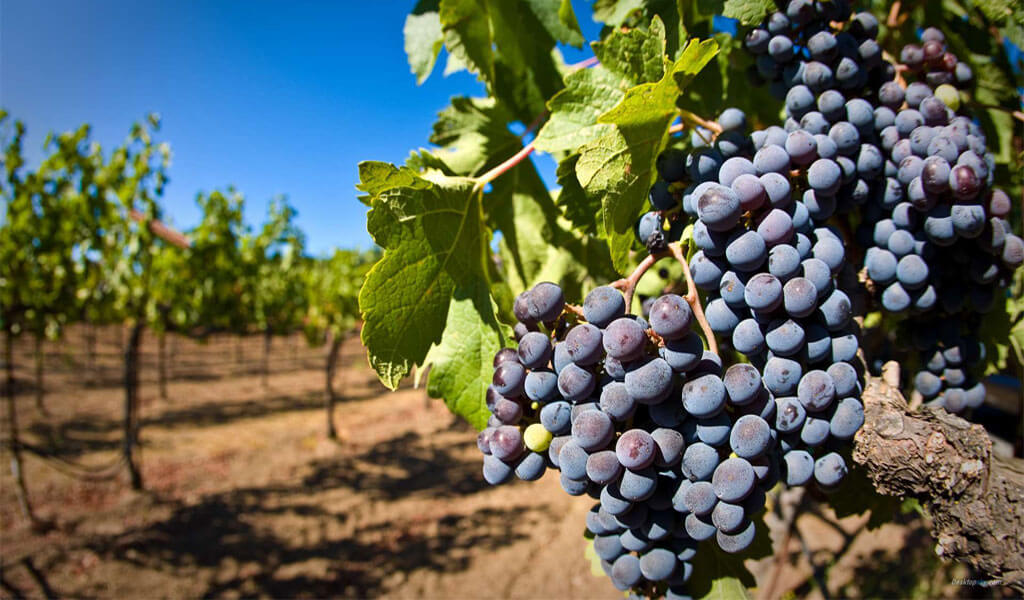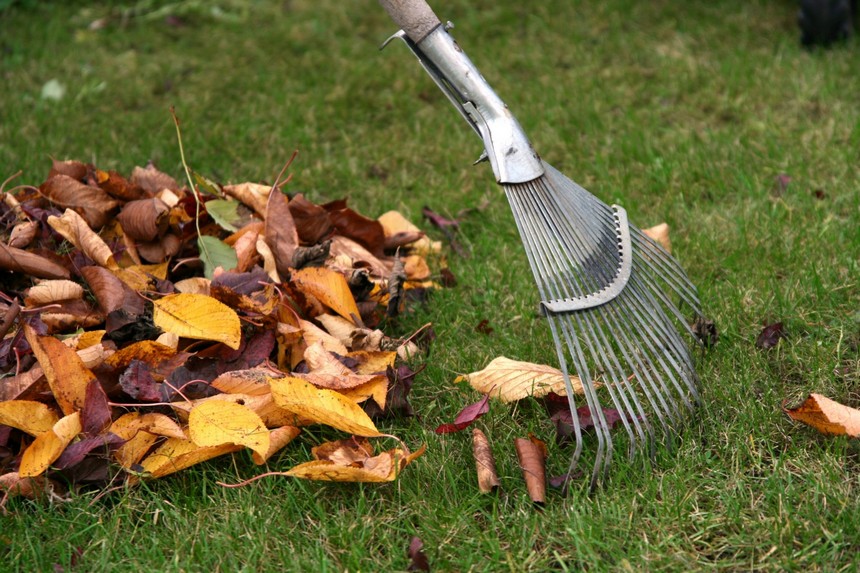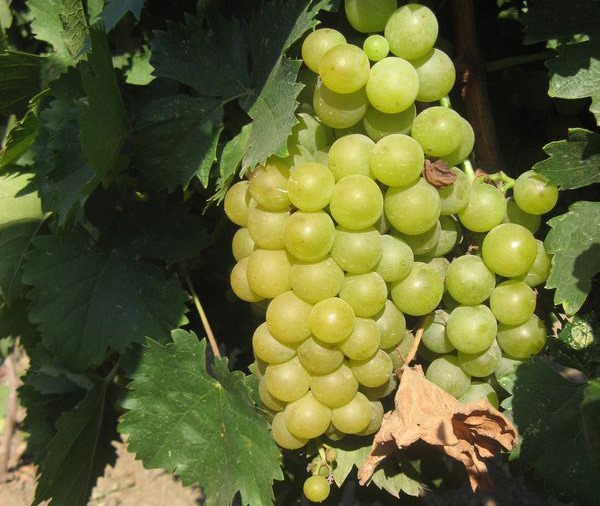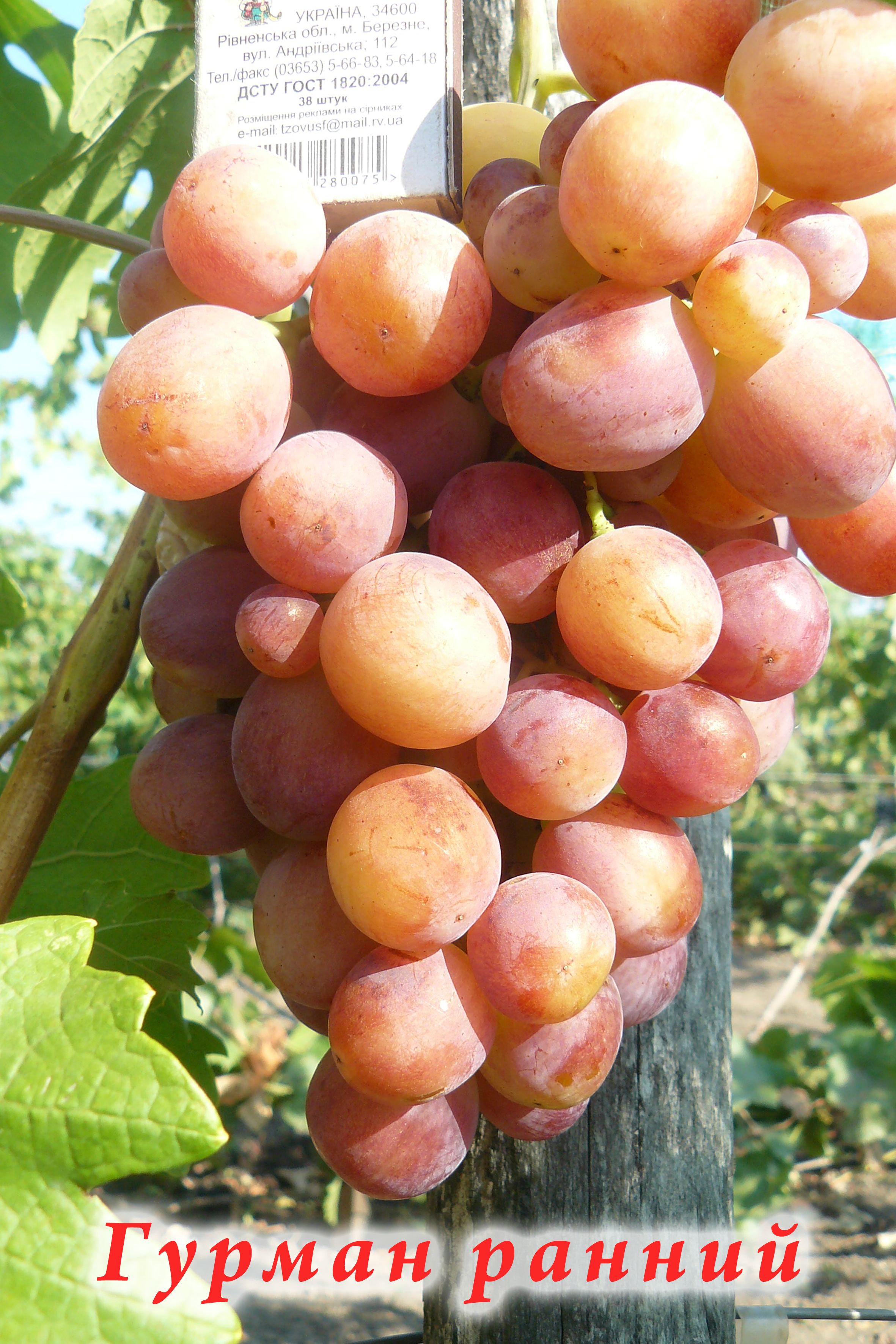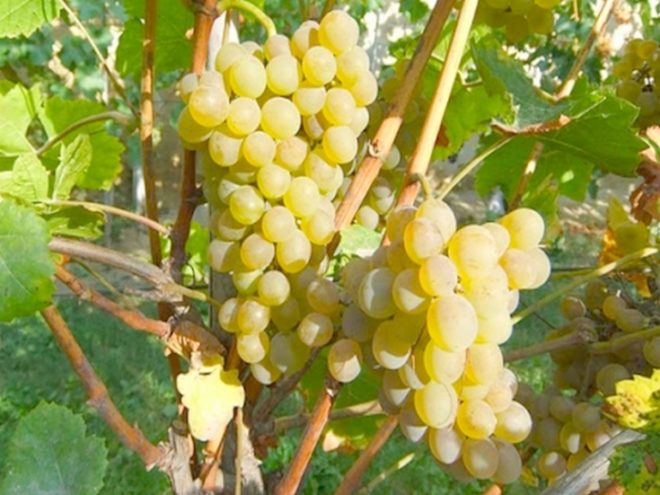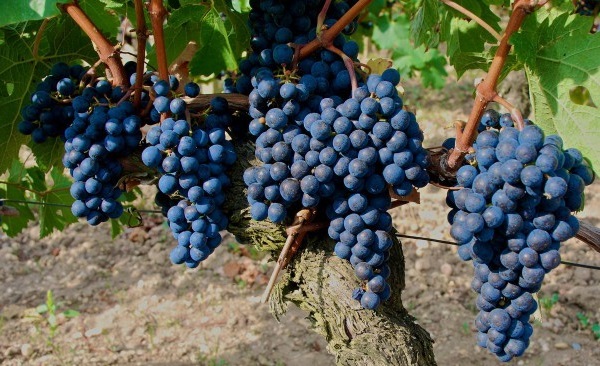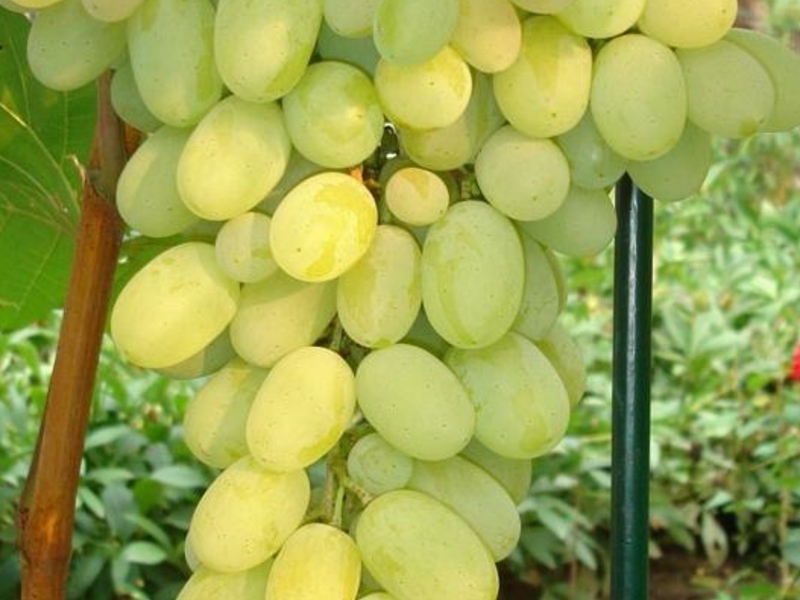Content:
Saperavi grape is a widely popular variety native to Georgia. Known since the 18th century, it was approved for cultivation in the Volga region in 1958. At home, not a single dinner passes without him. And for good reason, because the country's warm climate is ideal for growing delicious berries. Saperavi is an expensive grape that is used not only for making wines, but also for fresh consumption. In addition to Georgia, it is cultivated in Russia, Ukraine, Azerbaijan, Uzbekistan and Moldova.
Description of the variety
The Saperavi grape is a variety whose vine bears fruit up to 25 years of maturity. It tolerates frosty winters well and can grow up to 20 degrees below zero without shelter.
It has the following main characteristics:
- the growing season reaches five months;
- high yield level - 90 centners per hectare;
- the berries are dark blue with a thin skin that is not felt when eaten;
- flowers are bisexual, which ensures pollination (if necessary, the variety can be used to pollinate other unisexual plants);
- branched seedlings;
- bushes have good vigor;
- leaves of medium size and green;
- tolerates drought well - a developed root system can independently provide moisture to the bushes;
- late ripening - berries appear in late September or early October.
The first crop of growers can be harvested when four years have passed since the planting of the seedling. The vines are considered the most productive and tasty at the age of fifteen.
Grape wine is obtained with a dark red hue, tart and sweet aroma. The value of the variety is explained by the large amount of pigment. It contains phenolic compounds that are odorless but impart a bitter taste. Delightful taste is revealed after four years of aging, and the wine product can be stored for up to 50 years. A varietal wine of approximately 10-degree strength and at the age of 12 is considered the best and most aromatic. Saperavi produces wonderful Georgian wines that have a rich color and tart taste.
Saperavi northern grapes: description
Saperavi is actively used for breeding new varieties and genetic selection. For example, in Novocherkassk, a new variety of Saperavi severny appeared, which has the following distinctive properties:
- large bunches weighing 100-120 g;
- dark blue berries are high in sugar
- in the fall, the leaves become dark red.
It tolerates cold well and can be grown in the north. Without shelter, it can grow at temperatures up to 30 degrees below zero. It takes 150-160 sunny days to mature. It is recognized as a medium late variety, the harvest is harvested in September.
In Russia, Saperavi northern viticulture is practiced in the southern regions: Dagestan, Krasnodar, North Ossetia and so on.
Recommendations for agricultural technology
The Saperavi vineyard is sun-dependent, so it should be planted in well-lit areas, protecting it from winds and drafts. This is very important for him, since he is distinguished by a late ripening period when the sun is waning. If there is a lack of sunlight, the berries will ripen longer and will acquire a sour taste.
Saplings can be planted in the fall in southern regions with a warm climate, where the ground does not freeze even in winter frosts. In other cases, it should be planted in March-April, when the soil is warm enough. They prefer clay soils with an acidity level of about 7.
The holes are dug at a distance of two meters from each other. Gravel and gravel should be added to them, which will serve as drainage. Next, you need to add soil, mixed with sand and pour in.
Seedlings must be chosen healthy, with at least two strong roots. Until disembarkation, you need to keep it in the water for at least two days. Then they are carefully placed in the hole and sprinkled with earth.
To form a good vineyard, it is important to prune in a timely manner to avoid unnecessary congestion. Pruning of young shoots is done in 10 eyes, for mature ones - 3-4.
It is imperative to remove loose leaves and thin out bushes. Otherwise, the risk of contracting diseases doubles.
Young plants need abundant watering, about 25 liters per bush. For adults, a lot of water is not required, 3-4 liters per bush is enough.
This type of grape can be attacked by pests:
- mildew;
- oidium;
- gray rot.
With a fungal infection with mildew, the leaves are affected with yellow spots. For prophylaxis, it is necessary to spray with a furrow liquid before and after flowering.
The appearance of oidium is characterized by the appearance of gray specks with a nasty smell. To prevent it, it is necessary to ventilate the plant and spray it with colloidal sulfur.
Gray mold is characterized by a white bloom, which can be removed by spraying with baking soda.
Pros and cons of Saperavi grapes
The wine variety is unpretentious in care, if you follow certain rules.
Saperavi has the following advantages:
- excellent raw materials for making wines;
- frost-resistant;
- drought-resistant;
- no need for self-pollination;
- tolerates transportation well.
The disadvantages are the following factors:
- shedding of flowers and ovaries;
- instability to mildew and powdery mildew;
- gray mold may appear in rainy regions;
- late ripening.
Saperavi is a unique grape variety. It has a delicious taste, is used for winemaking and is not whimsical in its care. Any self-respecting winemaker tries to cultivate this culture. But a young winegrower can also try to grow this variety of grapes. It is enough to carefully study the characteristics of the variety and follow the advice.
